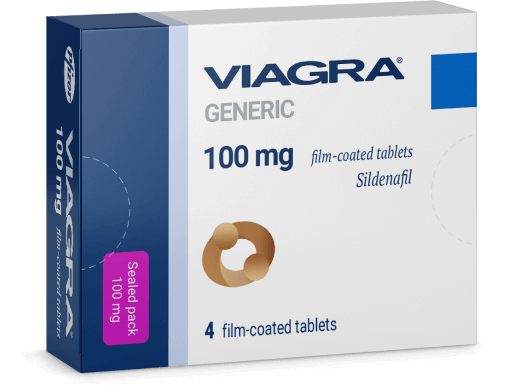Tretinoin Crema The Essential Guide to Its Benefits and Uses

Tretinoin Crema: The Essential Guide to Its Benefits and Uses
Tretinoin Crema, often referred to simply as tretinoin, is a topical retinoid derived from vitamin A. Its primary function is to treat acne, but it also boasts a range of additional benefits for the skin. In recent years, many people have started turning to Tretinoin Crema crema tretinoin 0.025 as a part of their skincare routine, especially for its anti-aging properties and ability to improve skin texture and tone. This article aims to provide a comprehensive overview of Tretinoin Crema, including how it works, its benefits, application methods, and possible side effects.
What is Tretinoin Crema?
Tretinoin is a synthetic form of all-trans retinoic acid and is mainly used to treat various skin conditions. It promotes cell turnover, which helps prevent pores from becoming clogged and reduces the formation of acne. By accelerating the skin’s natural exfoliation process, Tretinoin Crema can also diminish the appearance of fine lines and wrinkles, making it a popular choice in anti-aging skincare.
Benefits of Tretinoin Crema
The advantages of using Tretinoin Crema include:
- Improvement of Acne: By preventing clogged pores and decreasing inflammation, Tretinoin is effective in treating moderate to severe acne.
- Reduction of Fine Lines and Wrinkles: Tretinoin can stimulate collagen production, plumping the skin and making it appear more youthful.
- Enhancement of Skin Texture and Tone: Regular use of tretinoin can lead to smoother skin and a more even skin tone by promoting cell turnover.
- Reduction of Hyperpigmentation: Tretinoin can help fade dark spots and improve the overall complexion of individuals with sun damage or hyperpigmentation.
- Minimized Appearance of Pores: As it clears out blockages in pores, Tretinoin can help reduce their appearance over time.
How to Use Tretinoin Crema
To achieve the best results with Tretinoin Crema, follow these steps:

- Start Slowly: If you’re new to using tretinoin, it’s essential to start with a lower concentration and gradually increase usage. Apply it every other night initially to allow your skin to adjust.
- Cleanse Your Skin: Before applying tretinoin, wash your face with a gentle cleanser and pat it dry.
- Apply a Pea-Sized Amount: Use only a small amount of Tretinoin Crema. Apply it in a thin layer to the affected areas of your skin, avoiding sensitive areas like the eyes and mouth.
- Moisturize: After the tretinoin has absorbed (typically after 20-30 minutes), apply a non-comedogenic moisturizer to help combat any dryness.
- Use Sunscreen: Always apply a broad-spectrum sunscreen during the day, as tretinoin can increase your skin’s sensitivity to sunlight.
Possible Side Effects of Tretinoin Crema
While Tretinoin is generally considered safe for most people, some may experience side effects, particularly when first starting treatment. Common side effects include:
- Redness and irritation
- Dryness and peeling
- Increased sensitivity to sunlight
- Stinging or burning sensations
These side effects often subside as the skin becomes accustomed to the medication. If side effects persist or worsen, it is advisable to consult a healthcare provider.
Who Should Use Tretinoin Crema?
Tretinoin Crema is suitable for individuals who are experiencing acne, signs of aging, or uneven skin tone. However, pregnant or breastfeeding individuals should avoid using this medication, as it can potentially cause harm to the developing fetus or infant. Additionally, those with particularly sensitive skin or specific dermatological conditions should consult with a dermatologist before starting treatment.
Conclusion
Tretinoin Crema is a potent skincare product with proven efficacy in treating various skin concerns. With proper usage and care, it can significantly enhance skin appearance, making it a valuable addition to many skincare routines. As always, it’s essential to approach its use thoughtfully, beginning with lower concentrations and listening to your skin’s needs. Should any concerns arise, seeking professional advice from a dermatologist can ensure a safe and effective skincare journey.
Would you like to share your thoughts?
Your email address will not be published. Required fields are marked *